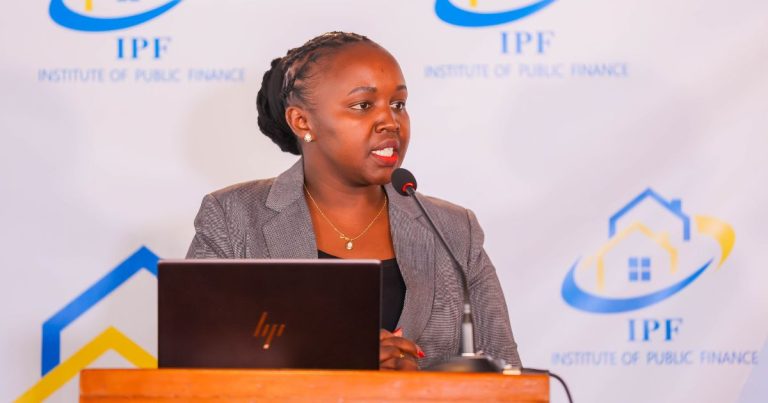Kenya is facing the harsh realities of climate change. In the north, droughts dry up wells and decimate livestock, while the south struggles with devastating floods that wash away homes and roads. These extreme weather events are no longer distant news, and they are the daily struggles of millions. Climate change is already here, and it’s wreaking havoc on agriculture, food security, and livelihoods. How much longer can Kenya bear the cost of these climate shocks, which already drain up to 3% of its GDP every year? Despite the urgency of the situation, Kenya is not receiving the funds it needs to tackle these issues head-on. It has also not set up the institutions necessary to manage these funds transparently.
The government has committed to action, but the necessary climate strategies require significant funds. From 2020 to 2030, Kenya needs KSh. 6,775 billion (USD 65 billion), about KSh. 677.5 billion each year. But in 2018, only KSh. 243.3 billion was made available, just 35.9% of what is needed. This funding gap leaves Kenya in a vulnerable position, unable to protect its people, agriculture, infrastructure, and economy from the increasingly extreme effects of climate change.
Attracting private investment is key but needs to be supplemented by public sources. The World Bank estimates it could bring in an additional KSh. 220.1 billion (USD 1.55 billion) by 2030. International climate funds, like those from the Green Climate Fund, could also contribute KSh. 150 billion (USD 1.35 billion) annually. A carbon tax could raise KSh. 71 billion (USD 500 million) per year. However, introducing a carbon tax in the wake of other recent tax hikes could be controversial.
Both private investors and the public need reassurance that climate funds are being used well. Currently, however, it is difficult to know exactly how much Kenya is spending on climate change efforts. Recent research from the Institute of Public Finance (IPF) and Bajeti Hub points out that Kenya lacks a system to track climate finance effectively. This lack of transparency leaves the door open for inefficiencies, mismanagement, and, worse still, the funds not reaching the communities that need them the most. Developing a clear, transparent system for tracking climate finance is urgent.
Decentralizing climate fund management to regional hubs in Kenya could really boost transparency and accountability. By focusing on specific local needs, like droughts in the north and floods in the south, we can make sure the right help gets to the right places. But to truly bridge the transparency and trust gap, we need a solid system to track spending and outcomes at all levels. Local Development Organizations (LDOs) and community groups can keep an eye on how funds are used, but they need a strong national framework for reporting and auditing to be effective. Independent monitoring bodies, possibly with support from international agencies, could step in to conduct audits and prevent mismanagement. This approach, combining regional decentralization with oversight from the Office of the Auditor General (OAG), would help close the transparency gap. It would reassure both public and private investors and ensure that resources reach the communities that need them most. By involving local communities and holding all levels of governance accountable, Kenya can create a climate finance system that is both responsive and trustworthy. This way, we can make sure funds are used effectively to tackle the climate crisis. Building trust will be critical if Kenya is to close its climate finance gap.
The government must lead the way by being transparent in its budgeting, reporting regularly to the public, and allowing independent oversight to ensure that funds are being used as intended. Citizens must also demand more from their leaders, advocate for stronger climate finance tracking, and support local initiatives that are already making a difference. Climate change is a collective problem, and it will require a collective response from the government, the private sector, and the people to tackle it.
The situation is urgent, but it’s not hopeless. By improving transparency and empowering local communities, Kenya can attract new resources and raise more revenue, so that it can close the climate finance gap and create a sustainable, resilient future. The government, businesses, and citizens all have a role to play in this effort. Together, we can ensure that Kenya has the resources, and the accountability needed to confront the climate crisis head-on. The future of Kenya and the generations that follow, depends on it.













